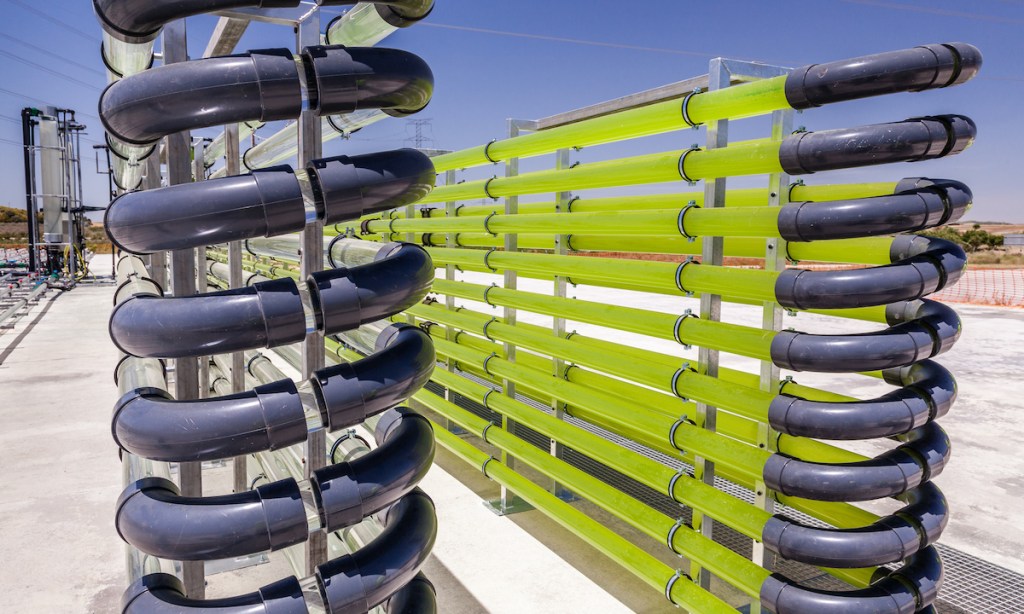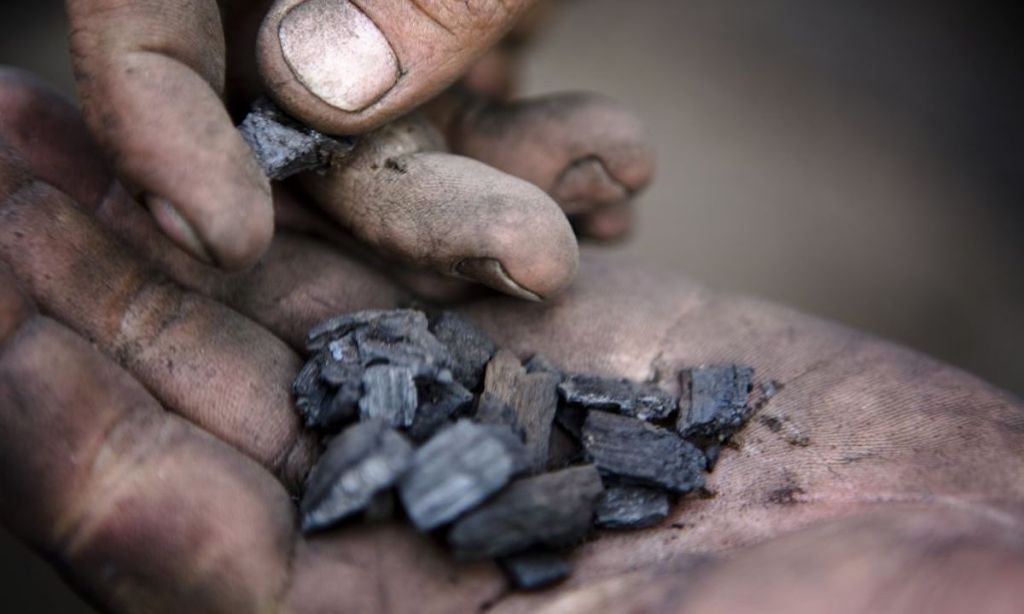

Planting trees is great and all, but a recent study suggests it’s time to try some wild new tech if we really want to stop global warming. Some of the solutions will blow your mind.
Videos by Outdoors with Bear Grylls
The study in question is a new, first-of-its-kind report led by the University of Oxford’s Smith School of Enterprise and the Environment. In the report, the researchers warn that conventional carbon offsetting measures — like planting trees — are not enough to meet the terms of the Paris Agreement, which include decreasing carbon emissions by 43% by 2030. Currently, efforts like reforestation and afforestation—the things you’re paying for if you buy carbon offsets for your airline flights—comprise the majority of global carbon-removal efforts. Not only is there not enough available land on earth for this to be efficient, but planted trees are also vulnerable to wildfires, which dump huge amounts of carbon into the atmosphere.
If we want to reach net-zero emissions within 30 years, we’ll have to tackle the problem from from a few angles, writes climate scholar Artur Runge-Metzger in the report’s foreword. Those angles include saving existing wilderness and reducing our emissions — as well as a whole new array of strategies called “novel” carbon removal.

Scientists right now have all kinds of ideas for carbon removal, including farming seaweed in the deep oceans and building huge bioreactors that soak up carbon using algea. Other experts suggest injecting carbon straight into underwater rock formations, or even using massive water-pumping systems to change localized ocean currents.
Researchers in this study say another potential solution is to capture carbon from the air with live plants in special facilities, then burn those plants to create heat or electricity. Emissions from all the incineration could then captured and physically stored in the Earth or deep in the ocean.
Biochar is another approach that works similarly. Carbon-hungry plants grow, absorbing carbon dioxide from the air and turning it into organic matter. At the end of the plant’s life, the organic matter is burned in a special way that locks in the carbon for up to 1,000 years. The biochar, which looks a bit like blackened wood chips, can be used for building insulation and water filtration, among other uses.

Getting these efforts off the ground will require “active and urgent public policies,” Runge-Metzger writes. That’s because many of these technologies “are still at an early stage of development and will thus require a significant push.”
The good news is that this is something you can directly impact without even leaving your house. You can call your state and local representatives to find out what they’re doing to support carbon removal efforts, and tell them you want them to do more. Find out who your local representatives are here.










Pingback: Yesterday’s Excellent Presentation on Understanding Dementia | Offset By Some Good News – SAGES of Buffalo Grove, IL
Pingback: The Ocean is Rising Twice as Fast in the Southeast Than in the Rest of the World – Outdoors.com